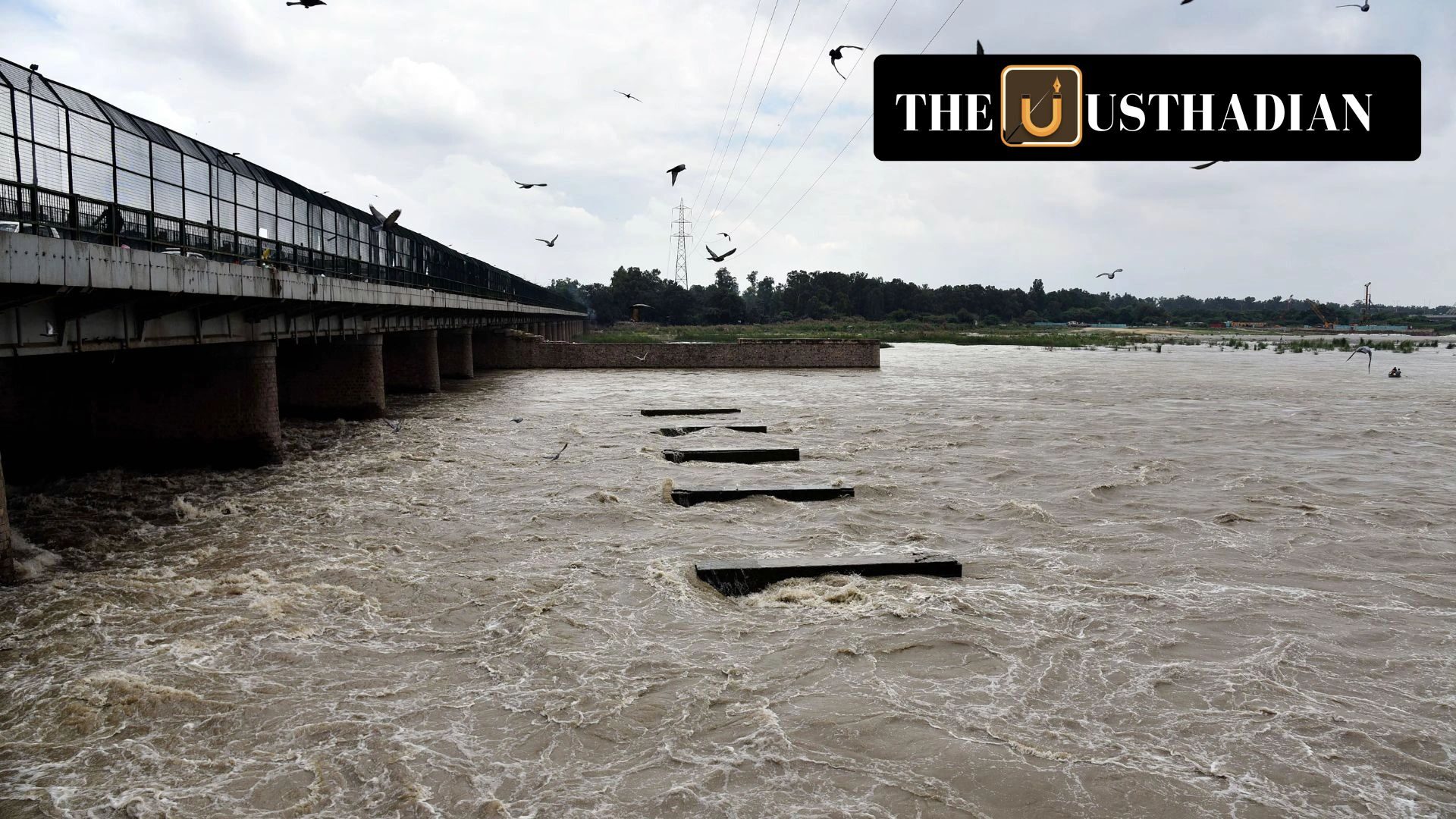The Ongoing Water Woes of Delhi
Ammonia Pollution in Yamuna: Delhi’s Water Crisis Deepens: Delhi’s water crisis has once again taken centre stage with rising ammonia pollution in the Yamuna River, triggering public concern and political blame games. The Aam Aadmi Party (AAP) alleges that the Haryana government is responsible for releasing high ammonia content into the Yamuna, affecting the water supply to lakhs of Delhi residents.
What Is Ammonia and Why Is It Dangerous?
Ammonia is a colourless gas with a sharp odour, commonly used in fertilisers, cleaning products, and industrial applications. In water, it becomes dangerous when it exceeds safe limits. Key sources of ammonia pollution include agricultural runoff, industrial discharges, and untreated sewage. When these contaminants enter rivers like the Yamuna, they degrade water quality and make treatment harder.
How It Impacts Delhi’s Water Supply
The Delhi Jal Board (DJB) struggles to treat water with ammonia levels above 1 part per million (ppm). Most treatment plants are not equipped to handle anything more. In winter, when freshwater inflow is low, ammonia levels spike, leading to water cuts in many parts of the capital. This directly affects daily life, making clean water a scarce resource for many households.
The Chemistry of Treatment and the Challenge
To manage ammonia, DJB uses chlorine treatment, which is a tricky balance. Around 11.5 kg of chlorine is needed to treat one litre of water with 1 ppm of ammonia nitrogen. If too little chlorine is added, pathogens remain. But if ammonia levels are too high, even this treatment becomes ineffective. This chemical battle plays out every day in Delhi’s water plants.
Delay in Government Action
Though the Delhi government proposed a dedicated ammonia treatment plant in Wazirabad in 2023, it’s still under construction. Meanwhile, Haryana has yet to make substantial efforts to check pollution at its source. Environmental experts and public officials agree that joint state-level coordination is the only solution to this transboundary crisis.
The Lifeline Called Yamuna
The Yamuna River, originating from the Yamunotri Glacier in Uttarakhand, travels through several states, including Himachal Pradesh, Haryana, and Delhi, before joining the Ganga at Prayagraj. It is one of India’s major rivers, supporting drinking water needs, agriculture, and biodiversity.
Important Tributaries of the Yamuna
Several rivers feed into the Yamuna system. The major tributaries include:
- Tons River – the largest tributary, originating in Uttarakhand.
- Hindon River – often cited for industrial pollution.
- Giri and Chambal Rivers – contribute to flow and ecosystem stability.
These rivers are not just geographical features—they are key contributors to northern India’s hydrological and ecological balance.
Static GK Snapshot
Ammonia Pollution in Yamuna: Delhi’s Water Crisis Deepens:
| Topic | Fact |
| Safe Ammonia Limit (DJB) | Below 1 ppm |
| Chlorine Requirement | 11.5 kg/litre for 1 ppm of ammonia nitrogen |
| River Origin | Yamunotri Glacier, Uttarakhand |
| Major States Covered | Uttarakhand, Himachal Pradesh, Haryana, Delhi, UP |
| Yamuna-Ganga Confluence | Triveni Sangam, Prayagraj |
| Key Tributaries | Tons, Chambal, Hindon, Giri |
| Proposed Treatment Plant | Wazirabad (Delhi), announced in March 2023 |








